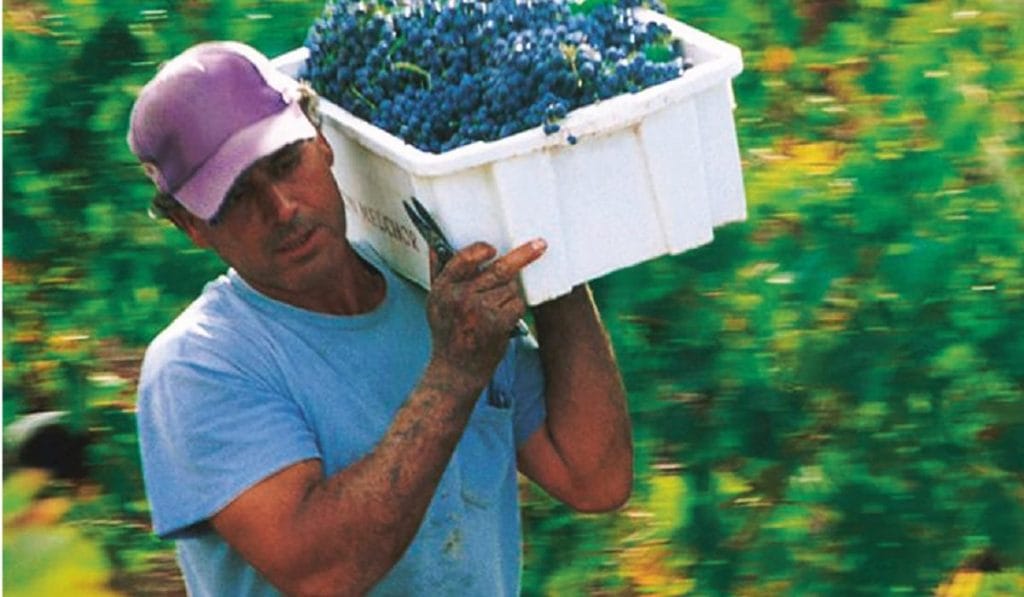Three decades ago, the world saw the release of the debut vintage of Chile’s first icon wine, produced by Concha y Toro and named after the wine estate’s founder, Don Melchor. At a time when Chile was yet seen as a global contender for fine wine production, Don Melchor was conceived to stand head and shoulders above its peers, and alongside the greatest cabernet sauvignons of the world.
With input from Emile Peynaud and, more importantly, Jacques Boissenot — the latter a successor of Peynaud as consultant to four of the five Bordeaux First Growths — and Part and Parcel Born from a single vineyard at the foot of the Andes, Don Melchor is second to none in its expression of sense of place. made by Concha y Toro’s thenwinemaker Goetz Von Gersdorff, Don Melchor quickly rose to international fame.
Into its 30th harvest this year, Don Melchor remains a single-vineyard wine designed with a singular focus on its expression of terroir. To that end, winemaker Enrique Tirado has implemented a stringent viticultural programme, and close study and inspection of the vineyard.

For older vintages, winemaker Enrique Tirado notes that the ‘87, ‘88 and ‘89 are showing particularly well. According to him, there’s plenty of complexity and fine tannins in them, with amazing freshness despite their age.
“When I started in 1997, we were familiar with the parcels of vines we had, but we didn’t have clear indications as to the differences between them,†he recalls. “So in the first five to 10 years, I dedicated more time to studying the vineyard in order to better understand what goes on in there and how we can extract the best quality possible from each individual parcel.â€
UNIQUE TERROIR
The Puente Alto vineyard is sited in Alto Maipo Valley at the foot of the Andes Mountains. It is mostly made up of cabernet sauvignon, which constitutes 90 per cent of the plantings, with the rest made up of cabernet franc, merlot and petit verdot.
Moderated by the Andes to the east and the Pacific to the west, the vineyard receives cool nocturnal breezes from the mountains, while avoiding excessively high daytime temperatures. “It’s a semi-arid Mediterranean climate, with good diurnal temperature differences,†Tirado explains, adding that this helps in even fruit ripening and maturation, especially from January to April.
Meticulous soil analysis has led Tirado and the team to divide the vineyard into seven blocks, which are further classified into 142 tiny parcels. Due to the varying soil compositions, each block yields a slightly different expression. For instance, Block 1 produces a cabernet sauvignon with more ripe red fruit with sweet tannins, while Block 4 offers excellent acidtannin balance with elegance and depth. Block 5 cabernet in contrast has a spicier note, while Block 7 offers intense wild fruit and flowers with vibrancy.

The Puente Alto vineyard covering 127ha sits at 650m above sea level on the region’s oldest alluvial terrace in Alto Maipo Valley.
To ensure biodiversity in the vineyard, Tirado adopts the Massale selection in propagating vines, which involves replanting them using cuttings from old vines selected for their exceptional quality and performance. The existing vines, averaging 35 years old, are planted on original prephylloxera rootstock with roots that go down some 10m to 20m, translating into richer complexity in the wine.
Only about 60 to 65 per cent of what is produced make it into the final blend — the remaining wine is declassified into Gravas, a premium line just below Don Melchor. The finished wine is then matured for 15 months in 70 per cent new and 30 per cent seasoned French oak, then bottled and further set aside to rest for at least a year to a year and a half before release.
Depending on climatic conditions and fruit quality, the blending composition varies from year to year. Usually, Don Melchor comprises 95 per cent cabernet sauvignon and 5 per cent cabernet franc. The production of the wine revolves around the parcel concept, determined by fruit quality, terroir expression, and exquisite balance. Tirado shares: “2013 has been a fantastic vintage, with amazing balance and mineral character, while in the 2014, you can find outstanding richness and depth.â€
While 30 years is a relatively short time in the winemaking world, the library stock of Don Melchor illustrates that the wine is entirely capable of ageing gracefully for decades to come.



